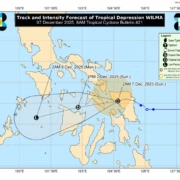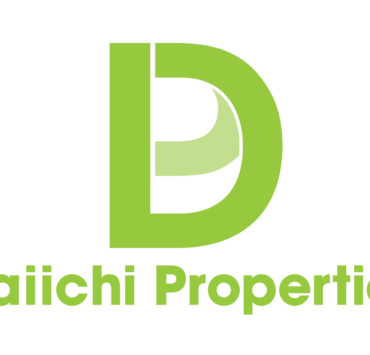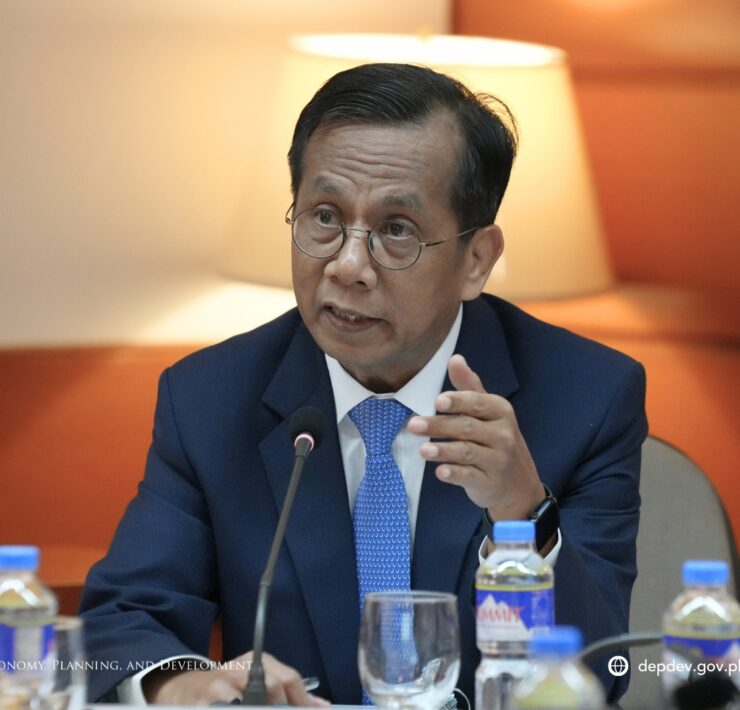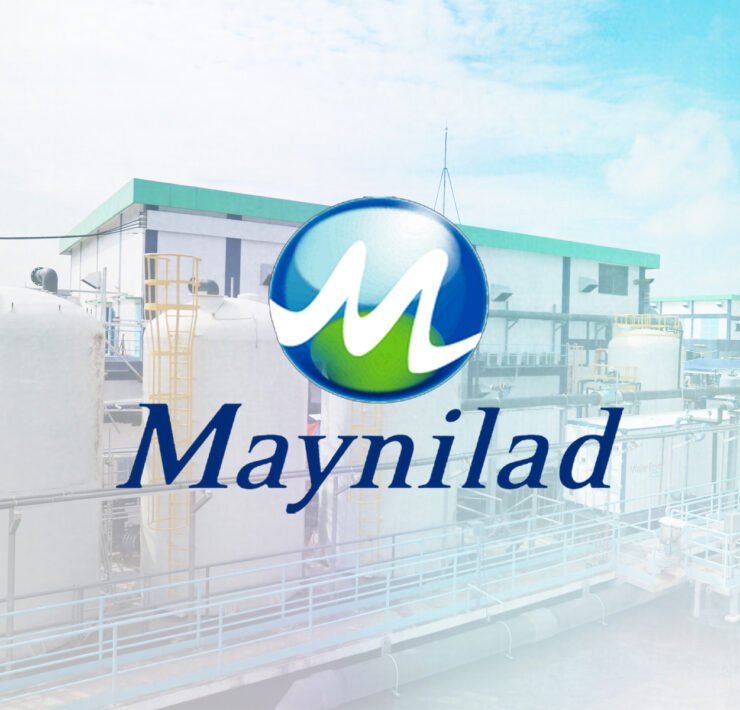Maynilad IPO: A stable dividend play with room to grow

After several delays, Maynilad’s long-awaited initial public offering (IPO) is finally pushing through. The country’s largest water concessionaire will offer 2.29 billion shares at P15 apiece from Oct. 23 to Oct. 29, with listing set for Nov. 7.
What makes this IPO particularly interesting is its stability—a quality that’s becoming more valuable amid rising uncertainty about economic growth. Demand for water tends to be steady regardless of economic cycles. In fact, Maynilad’s billed water volume grew modestly from 526.9 million cubic meters in 2022 to 553.5 million cubic meters in 2024. While the growth isn’t dramatic, it reflects how water consumption doesn’t drop sharply even during economic slowdowns.
Adding to that stability is Maynilad’s government concession, which runs until 2047. Under this agreement, the company earns a regulated return of 12 percent on its open cash position (OCP)—basically, the cumulative amount it has invested in water and wastewater infrastructure (like treatment plants and pipelines), net of what it has already recovered from tariffs. Think of the OCP as a running tab of approved spending that Maynilad gradually gets paid back for through water bills—ensuring steady and predictable cash flows.
Dividends: The key attraction
At its IPO price of P15 per share, Maynilad’s projected dividend yield of around 7 percent immediately stands out—higher than the 10-year Philippine bond yield of about 6 percent and above the average yield of high-dividend stocks and real estate investment trusts in the local market.
The company follows a generous dividend policy, paying out the higher of 50 percent of the prior year’s net income or 40 percent plus depreciation and amortization. Backed by regulated returns, a long concession life and steady cash flows, these dividends should be both consistent and sustainable.
All in all, Maynilad offers bond-like stability with growth potential—a combination that’s especially attractive in a market where interest rates are starting to fall and investors are looking for reliable income plays.
Why the premium vs. Manila Water is justified
At first glance, Maynilad appears fairly valued versus fellow water concessionaire Manila Water (MWC), trading at 7.1x 2025E P/E compared to MWC’s 6.7x. But the slight premium seems justified.
Unlike the East Zone, which MWC serves and is already more developed, Maynilad’s West Zone still offers plenty of room for growth. The company plans to spend P163 billion from 2023 to 2027 to expand and improve its services—including reducing nonrevenue water from 35 percent to 25 percent by 2027, expanding the number of wastewater treatment plants from 24 to 28 and increasing sewerage coverage from 35 percent to 49 percent by 2031. These initiatives not only enhance service quality but also unlock long-term revenue potential.
Maynilad also has expansion opportunities beyond the West Zone, such as potential projects in Bulacan, Cavite and new reclamation developments in Pasay and Navotas—all of which could sustain earnings growth in the coming years.
Risks to keep in mind
That said, Maynilad’s business isn’t without risks. Because it operates under a government concession, its earnings remain tied to regulatory and political decisions. Although the current franchise runs until 2047, Congress can still review or amend the agreement—a reminder of the political risks inherent in regulated utilities.
Execution is another key concern. Maynilad’s ambitious infrastructure projects require precise and timely implementation. Falling short of service targets could lead to penalties or delays in tariff recoveries from the MWSS (Metropolitan Waterworks and Sewerage System).
Even so, the 2021 revised concession agreement made the regulatory framework clearer and more balanced. It fixed the allowable rate of return at 12 percent and excluded corporate income taxes from recoverable costs—addressing the most controversial provisions in the original deal. In return, the concession was extended to 2047, giving Maynilad more time to recover its investments.
And when it comes to execution, Maynilad’s track record provides reassurance. Since DMCI and Metro Pacific took over in the early 2000s, the company has consistently expanded service coverage, reduced water losses and improved wastewater facilities—a solid record that supports confidence in its ability to deliver on future targets.
Bottom line: A solid long-term play for income investors
Despite these risks, Maynilad’s fundamentals make it one of the more compelling IPOs in recent years. It’s a defensive play with strong earnings visibility, stable cash flows and a dividend yield that beats both bonds and most stocks. While it may look fairly valued versus Manila Water, its larger growth runway in the West Zone justifies the premium.
In short, Maynilad offers bond-like stability with equity upside, making this IPO worth a serious look.




















